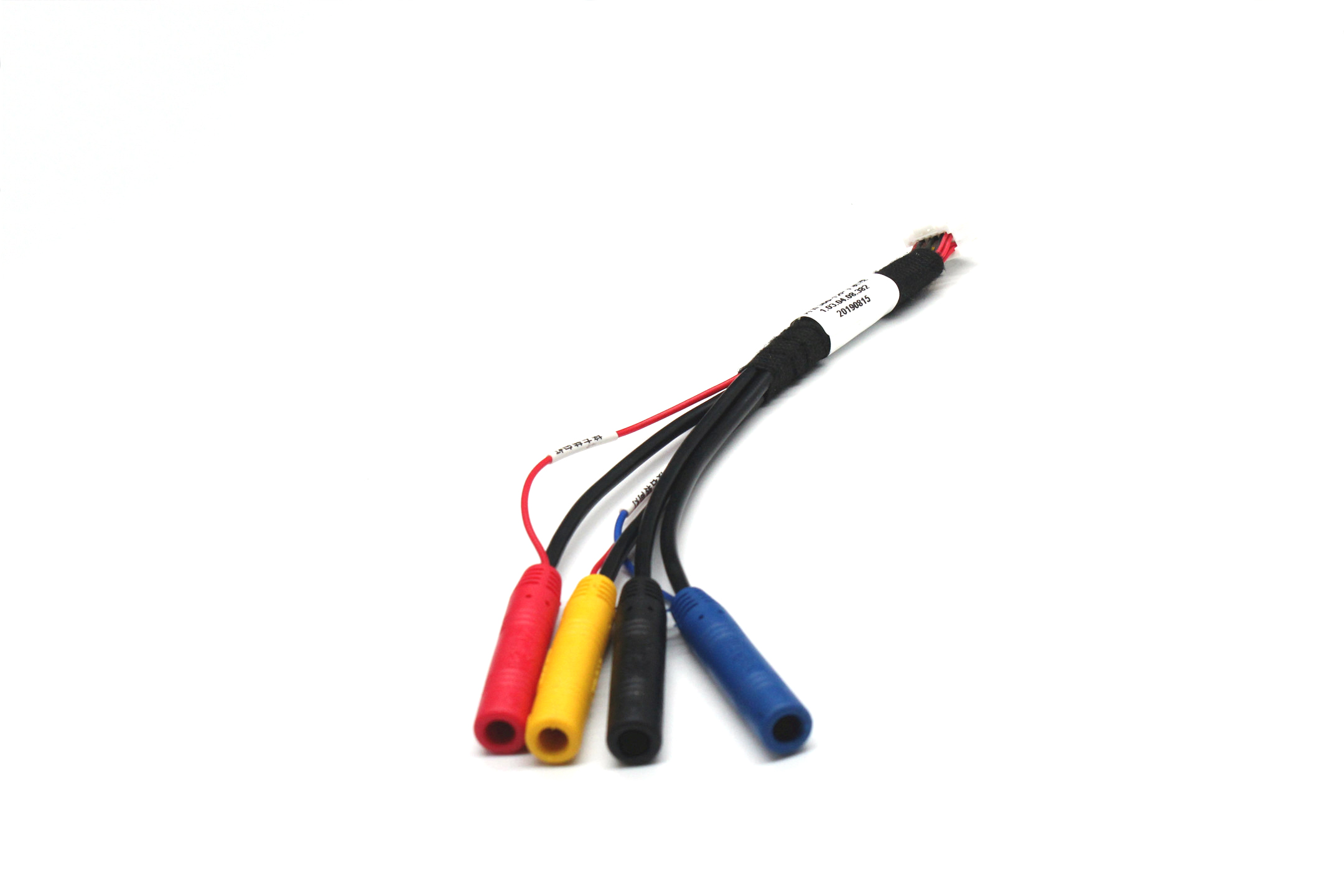
Compared with ordinary protection schemes, PPTC self-reset circuit protector has advantages in protecting automobile wiring harness that traditional solutions can't match. It can be used to protect automobile wiring harness and prevent damage caused by overheating accidents. They are also easy to design and can achieve a more ideal tree structure.
More and more automobile manufacturers are beginning to realize the importance of increasingly efficient circuit protection schemes in preventing power windows, power seats, power sockets and many other functional equipment from being damaged due to high current faults. However, because the structure of automobile wiring harness must continuously meet the growing demand of automobile electrical and electronic equipment, this poses a challenge to the circuit protection work. In response to this challenge, we study how to use the self-resetting polymer positive temperature coefficient (PPTC) circuit protector to protect the car harness to prevent possible damage caused by overcurrent.
Structure of automobile wire harness
The ideal solution for automobile wiring harness is a hierarchical tree structure, with "tree trunk" as the main power supply, and the main power supply is divided into smaller and smaller "branches". Each node adopts overcurrent protection. With this structure, thinner wires that save space can be used to reduce weight and cost. When using this harness structure, it can also optimize the protection of the system, isolate the fault at the same time, and ultimately improve the reliability.
Although this car wiring harness scheme has many advantages, there are a large number of circuits used in cars now, so it is difficult to use this method to lead out dozens of circuits from the junction box in practice. It is almost impossible to lead out all connecting wires from a junction box or connect all connecting wires into the junction box. At the same time, it is also necessary to arrange it in a position convenient for the driver to maintain.
Therefore, some methods should be adopted in harness design, but this will cause the designer to lose some expected benefits, such as:
1、 Because loads are combined in one circuit, there will be losses in connection line size optimization and load fault isolation;
2、 The location of the junction box in the vehicle can only be accessed and maintained by trained service personnel, which increases the cost;
3、 It will increase the length, volume and cost of connecting lines between systems with various functions.

PPTC self-resetting circuit protector for automobile harness
The use of self-resetting circuit protector, such as PPTC, does not require driver maintenance. Designers can use this circuit protector in several ways, either alone or in combination. For example, because the fuse needs to be replaced, the ordinary door, car lock, LED and reversing mirror need separate power supply, and need separate fuse protection in the junction box. If the PPTC self-resetting circuit protector is applied to the door module, only one power supply can be used, thus saving the connecting wire, reducing the cost and reducing the size of the junction box.
The junction box installed on the instrument panel can still be used. However, the PPTC self-reset protector is not installed near the common fuse. It can be installed in the junction box or on the other side of the junction box, which can save the area of the instrument panel. In addition, they can be installed closer to the connector, which can reduce the length of the printed circuit board. Therefore, the size of the entire junction box can be reduced.
Another feasible solution is to replace the junction box with some smaller boxes and install them in various parts of the vehicle without considering maintenance. In addition, through the use of self-resetting circuit protection - their reliability is as high as the relay - the module can switch to protect its output load, but the user's maintenance is not required in the installation position.
In this way, after using PPTC protector, the electrical structure can be closer to the ideal tree structure, and the expected benefits can be achieved.
PPTC protectors are available in various shapes and sizes. The through-hole circuit protector and surface-mounted circuit protector are suitable for installation in the fuse box or modules using printed circuit boards. Belt protectors can be easily used in metal boxes made of lattices.
In addition, the new generation of blade PPTC protector can be inserted into the junction box like a blade fuse or bimetal circuit breaker. These protectors are self-recoverable and do not require user maintenance. Because their shape is designed to be blade shape, designers can use them to replace fuses or bimetallic protectors without modifying the existing junction box design.
There are many kinds of rated current products of PPTC protector. Compared with ordinary fuse, its rated current starts from a much lower value and the increment is also much smaller. Therefore, they are more suitable for protecting the functional circuit that sends commands, and can be more flexible in design.
Typical protection requirements in automobile wiring harness
The car harness must be well protected to prevent serious heating accidents, such as the damage caused by the short circuit of the connecting wire in the car. The circuit usually requires a current of 0.10A to 30A. For a 12V battery system, the system voltage is 14V (for most trucks and buses, the system voltage of a 24V battery system is 28V).

Manufacturer of on-board harness, new energy charging pile harness, terminal harness, vehicle OBD2 diagnostic cable, LVDS harness
Copyright: Shenzhen Robust Electronics Co., Ltd